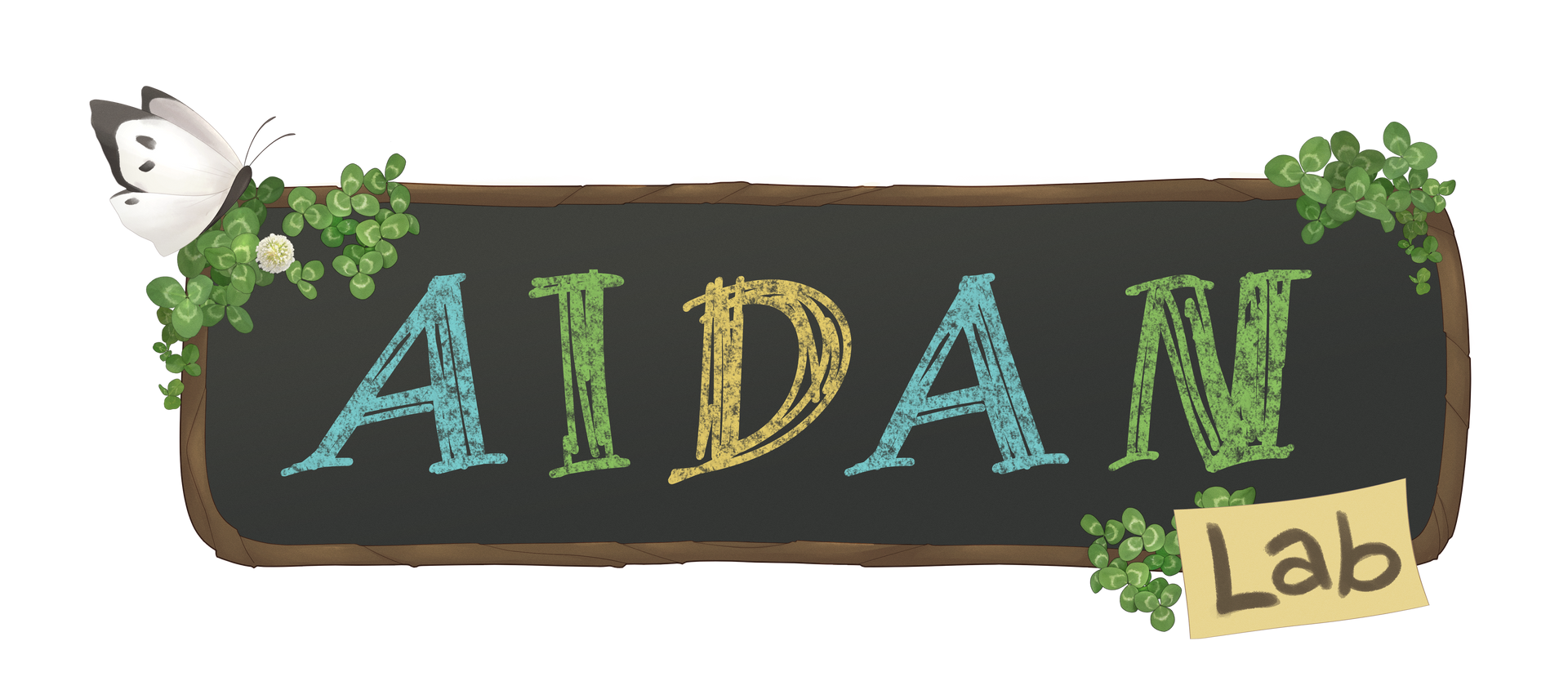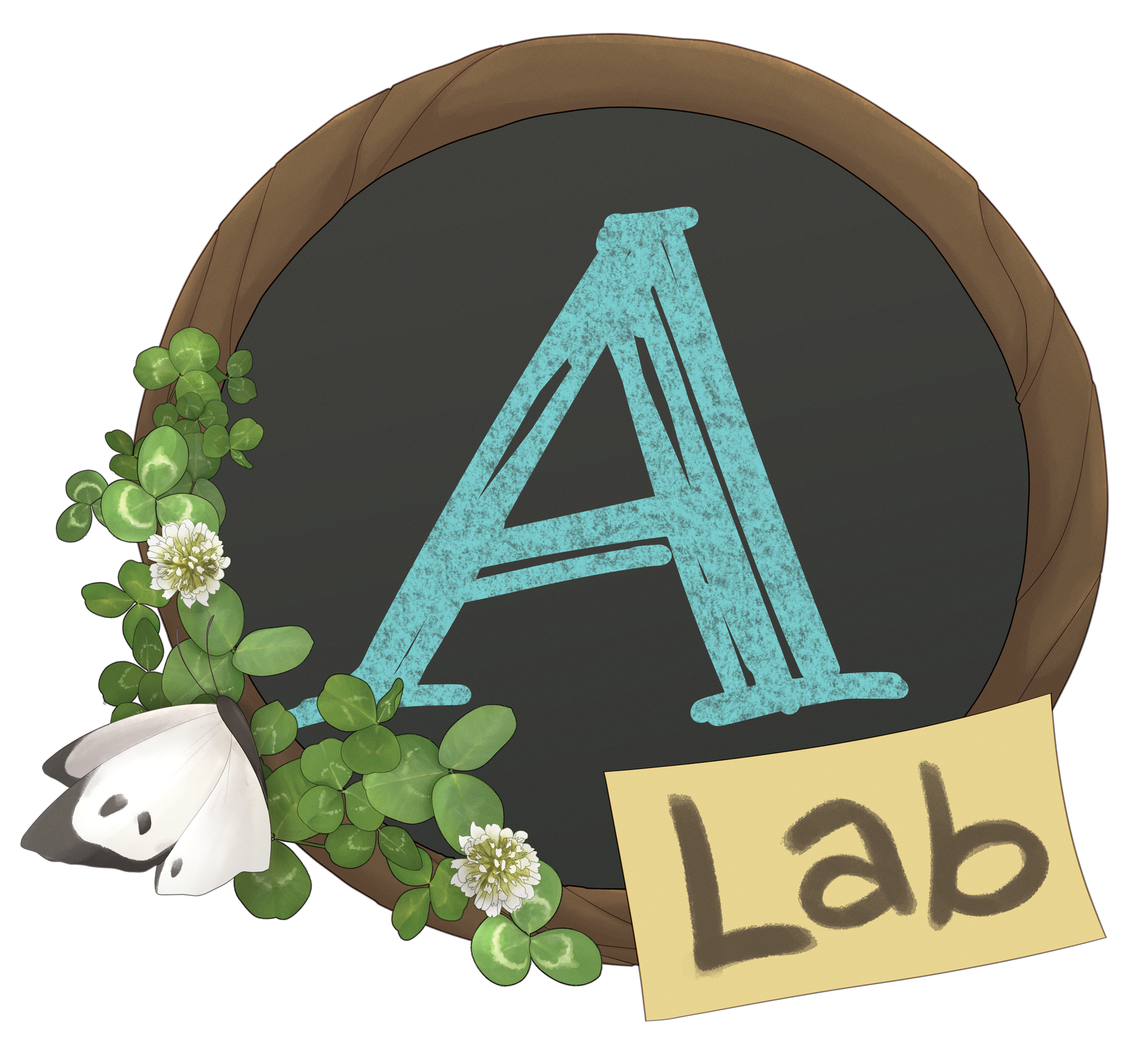
What is ADHD?
'The Joys of ADHD' by Thomas Armstrong
In this chapter, Thomas Armstrong discusses the “Joys of ADHD”, as well as a list of strengths of individuals with ADHD. Thomas provides a list of notable figures who also have ADHD, providing a positive message for those who view it as a negative attribute. Overall, this resource provides individuals with helpful technologies and techniques to “...target the needs of such learners” (Armstrong, 2012).
In this visual webpage, the term “executive function” is discussed. To make the term make sense, the author designed an infographic and used a “air traffic control system at an airport” (Harvard University). The infographic also provides the skills associated with executive functioning, such as “the capacity to plan ahead and meet goals, display self-control, follow multiple-step directions even when interrupted, and stay focused despite distractions, among others” (Harvard University). Furthermore, a list of ways to teach executive function is provided for parents of developing children.
'What is Executive Function' by Center on the Developing Child at Harvard University
In this heartwarming video, individuals with ADHD were asked what they wanted the world to know about their ADHD. Several accounts from individuals all around the world, as well as personal testimonies to the strengths and challenges of ADHD are shared. How to ADHD also provides additional resources regarding ADHD, with the link being provided below.
In this video, Jessica McCabe from How To ADHD provides a list of myths surrounding ADHD and why they are negatively impacting the narrative around the positive side of ADHD. Some of the myths talk about how “it isn’t real” or how it is “something you grow out of” (How to ADHD, 2017). Jessica actively aims to challenge these myths and provide a more informed understanding of ADHD.
In this video, Jessica McCabe describes the traits of ADHD in girls and why they are so often misdiagnosed. According to Jessica, “girls tend to have the inattentive form of ADHD” (How to ADHD, 2016), meaning a lot of their behaviours and traits can be falsely diagnosed or skipped entirely. However, because of stereotypes and the “clinical bias”, it is important to understand that “any gender can be primarily inattentive” (How to ADHD, 2016).
How to Support Students with ADHD
In this resource, Can Learn Society describes how an individual’s “perspective on AD/HD can make a big difference in how they interact with students and consequently how the student feels about themselves” (Can Learn Society). Instead of using the narrative commonly associated with ADHD, the resource suggests a list of mental shifts to use with different “negative” behaviours. This can help set individuals up for success, as well as target executive functioning skills.
'Reframing How We View Attention Deficit/Hyperactivity Disorder (ADHD)' by CanLearn Society
'Building Bridges With Students Who Have ADHD' by Lisa Medoff


